The Rachid Karami International Fair in Lebanon, the center of the Ukrainian city of Odesa, and the Ancient Kingdom of Saba’s Landmarks in Yemen have been placed on the list of World Heritage Sites in Danger.
The World Heritage Committee of Unesco made the decision – the United Nations Educational, Scientific and Cultural Organization – during its 18th Extraordinary Session held in Paris on Wednesday (25).
While Russian bombers threaten Odesa in the midst of the war in Ukraine, the Trade Fair complex in Tripoli is at risk due to high maintenance costs – which are currently insufficient precisely because of a lack of funds – and construction around it.
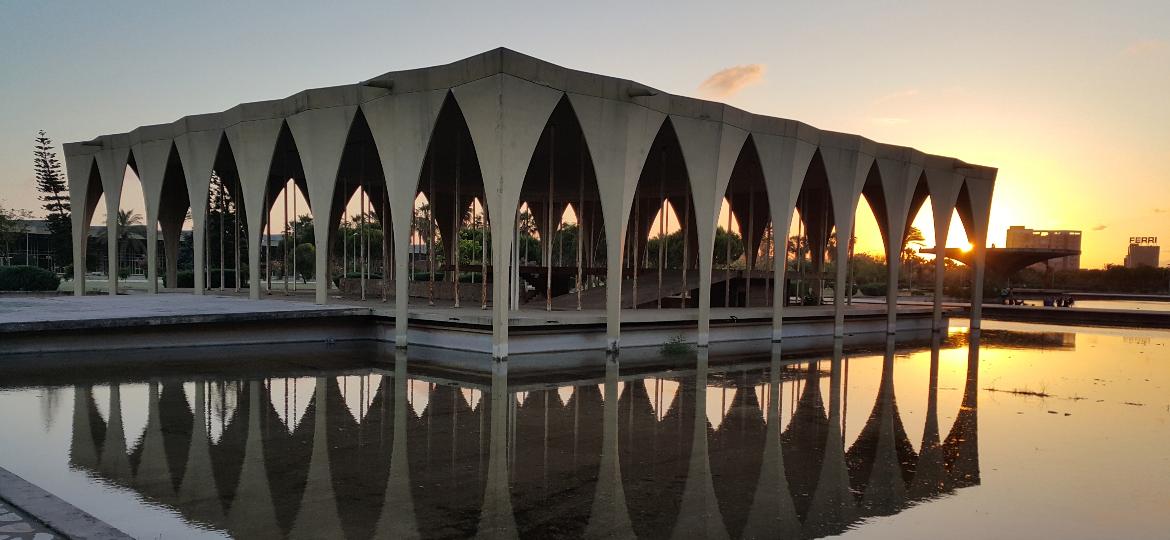
The Monuments of the Ancient Kingdom of Saba are in a very similar situation to Odesa and are in danger of disappearing due to the recurring conflicts in the country.
BUILDINGS ARE ‘EXCEPTIONAL
According to the UN agency, the measure aimed to recognize the “exceptional universal value” of the sites and the “duty of humanity to protect them.”
The Rachid Karami International Fair was considered a bastion of Lebanon’s modernization in the 1960s.
Designed in 1962 by Brazilian architect Oscar Niemeyer, it occupies a 70-hectare site in Tripoli’s historic center, extending to the port of Al Mina.
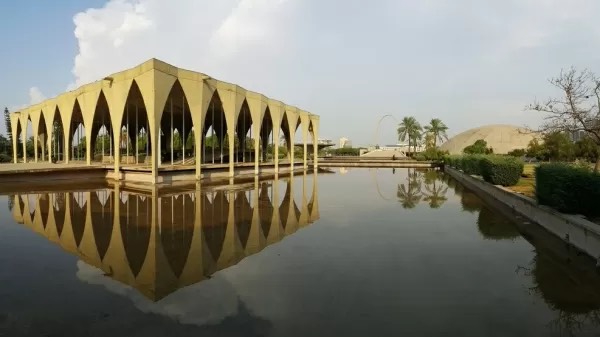
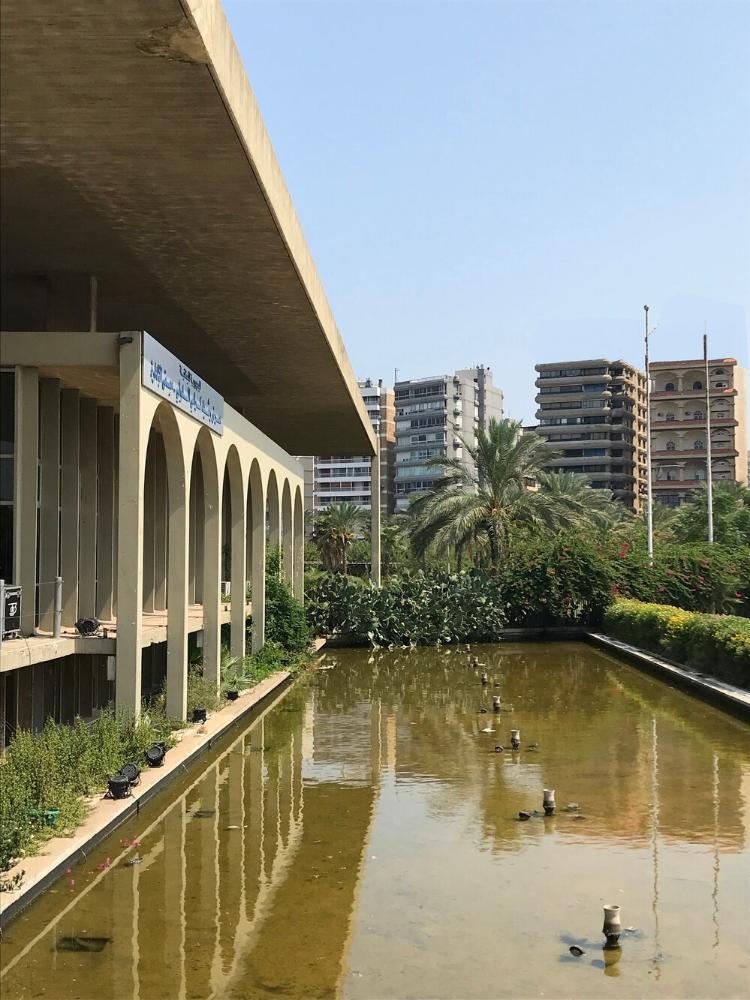
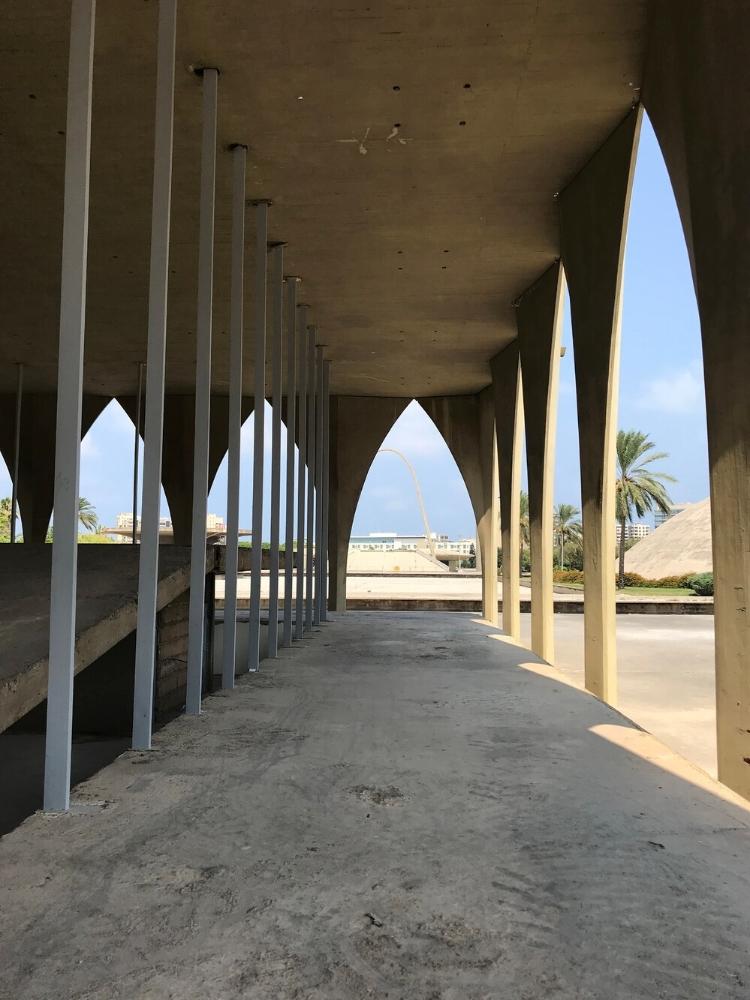
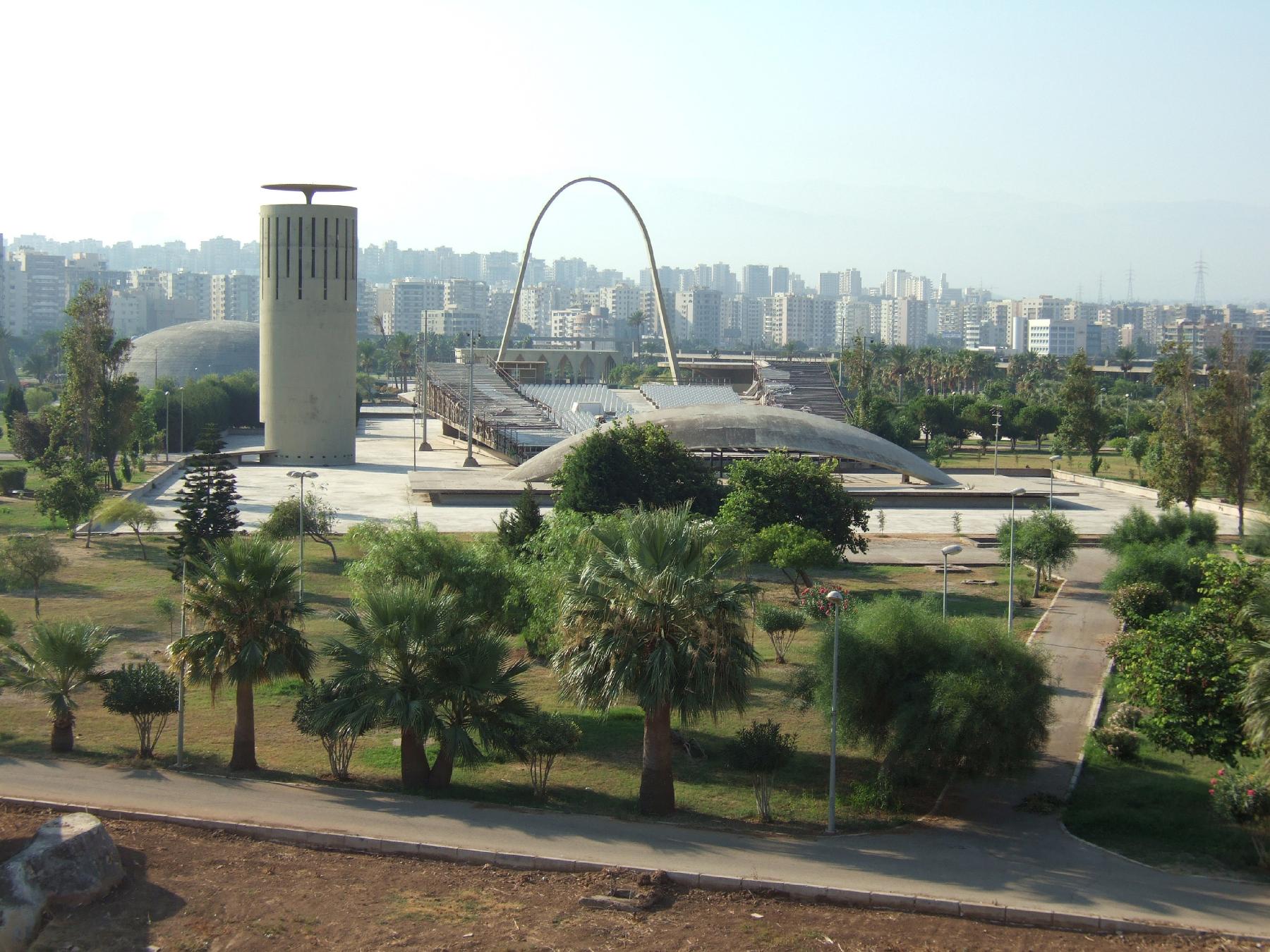
The Lebanese Pavilion, its main building, consists of a 750 meters by 70 meters space that hosts international exhibitions and symbolizes cooperation between countries and Brazilian modernism in the Arab world.
The historic center of Odesa was put on the list also to enable “enhanced international technical and financial assistance that Ukraine may request to ensure the protection of property or, if necessary, to assist in its rehabilitation.
“Odesa is a free, globalized city, a legendary port that has left its mark on cinema, literature, and the arts, and is therefore placed under the enhanced protection of the international community,” said Audrey Azoulay, Director General of Unesco
“As the war continues, its inscription embodies our collective determination to ensure that this city, which has always overcome global social upheaval, is preserved from further destruction”, Azoulay concludes.
The historic center of Odesa is located on the Black Sea coast and close to the Dniester River estuary. It was founded in 1794 by a strategic decision of Empress Catherine 2nd to build a warm water port at the end of the Russian-Turkish war of 1787 and 1792 on the site of a Turkish fortress.
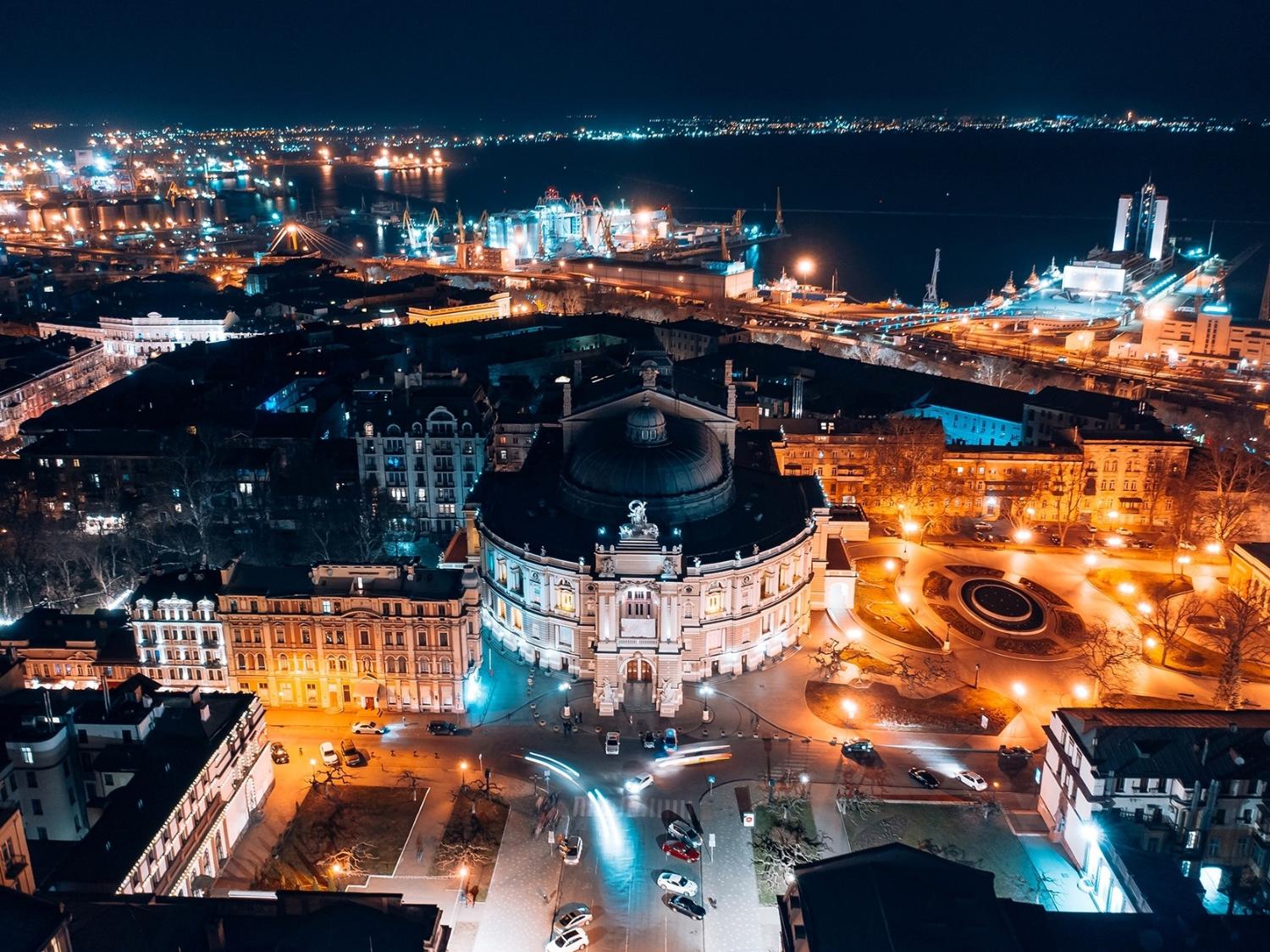
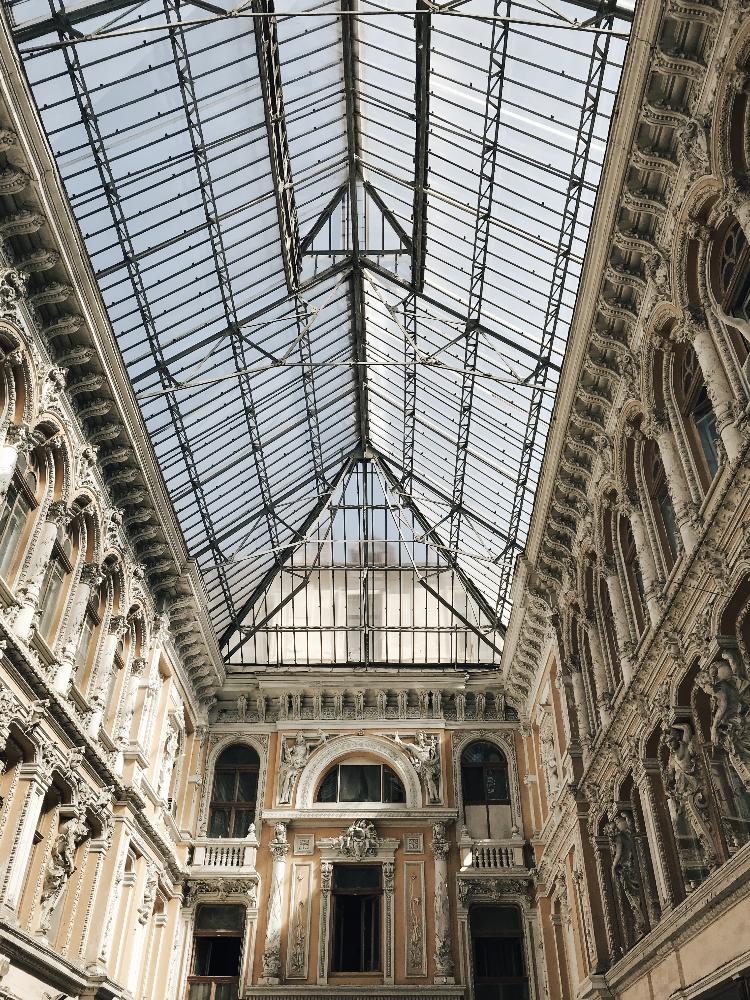
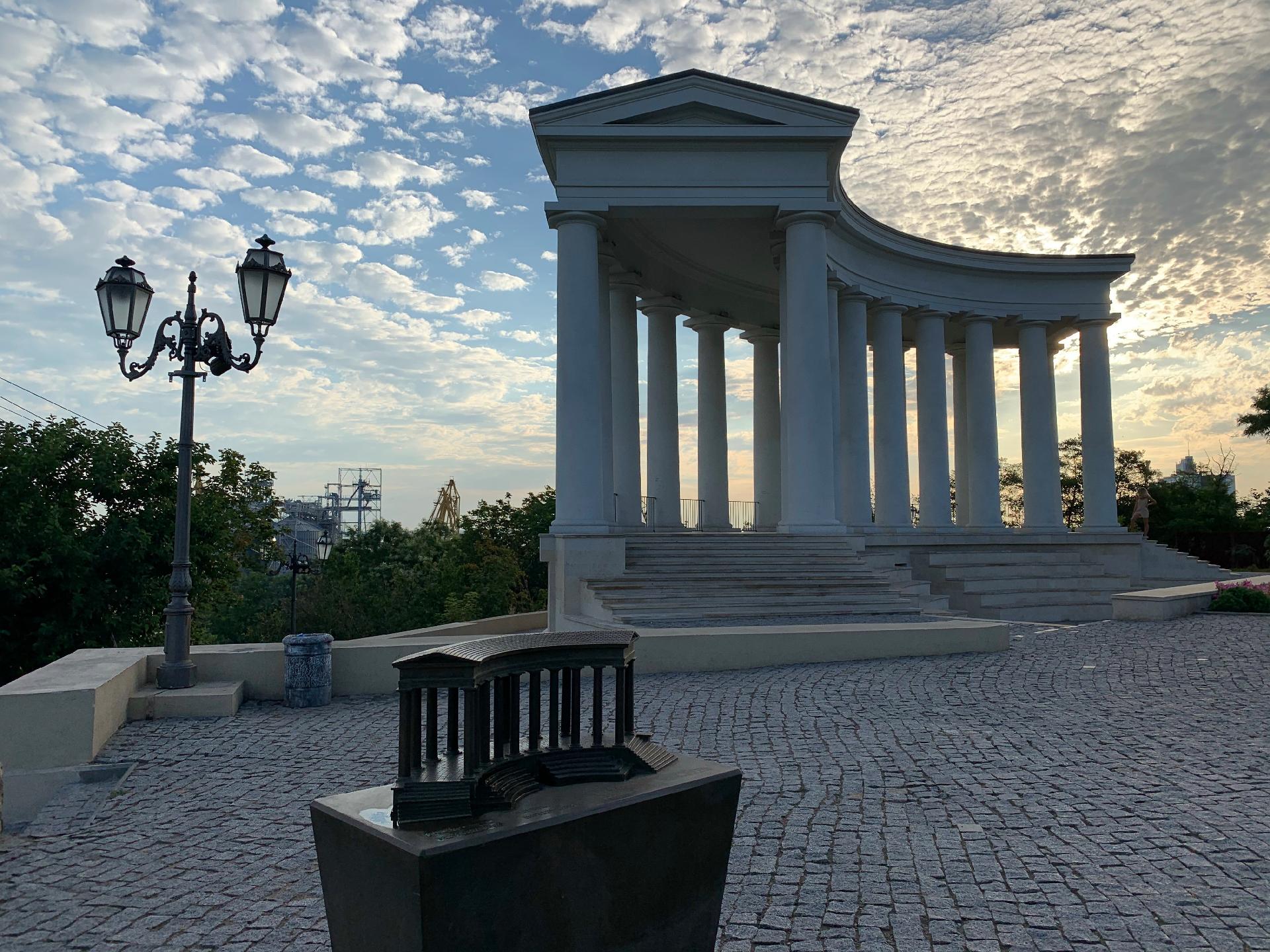
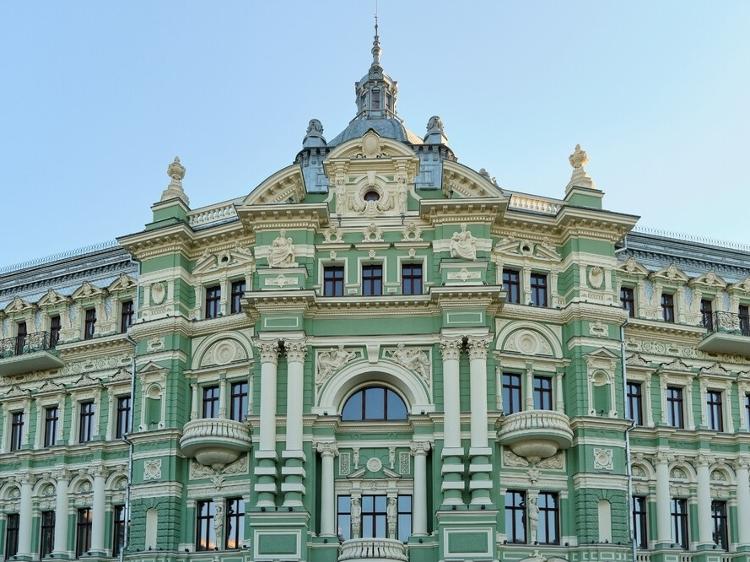
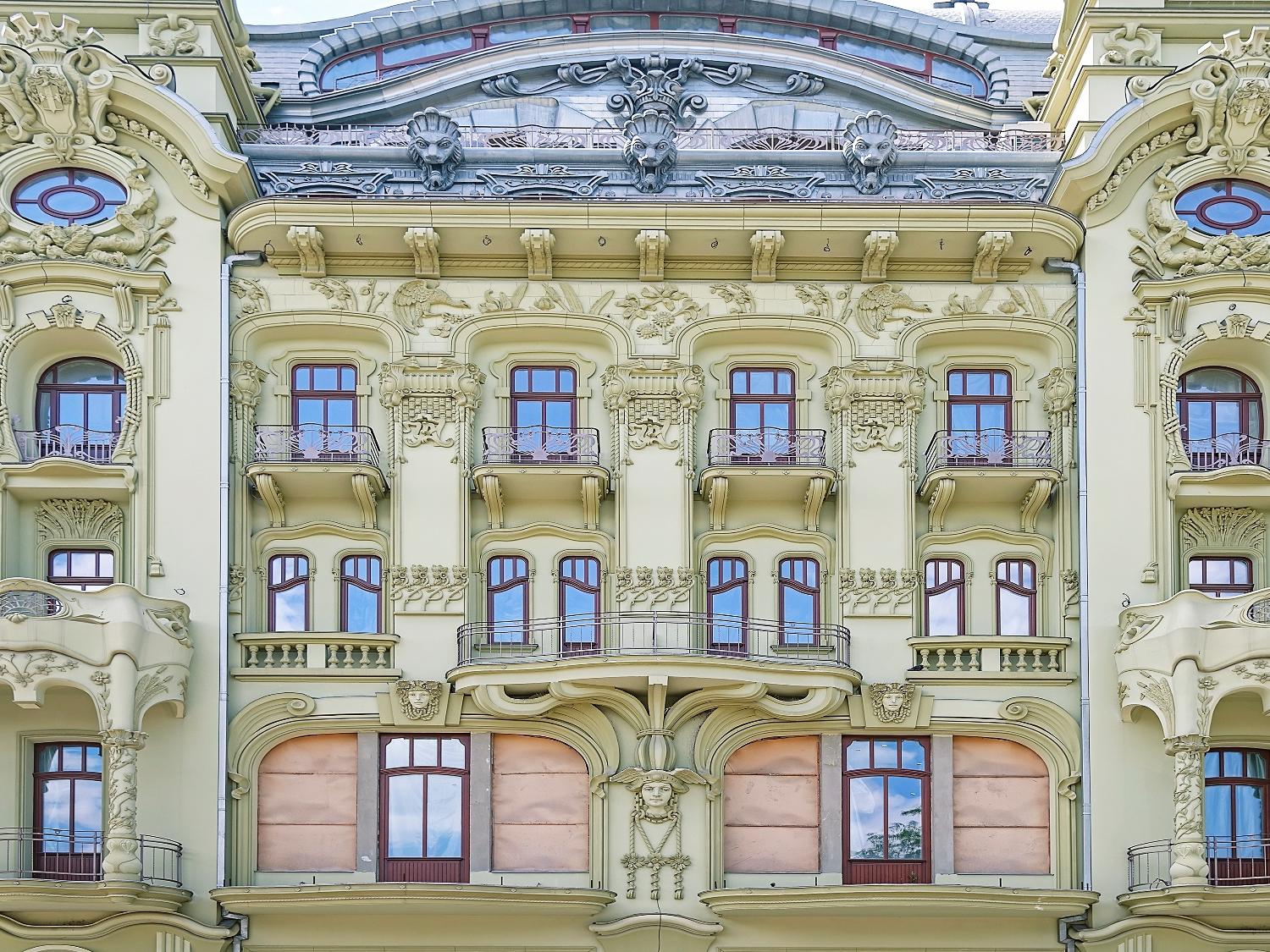
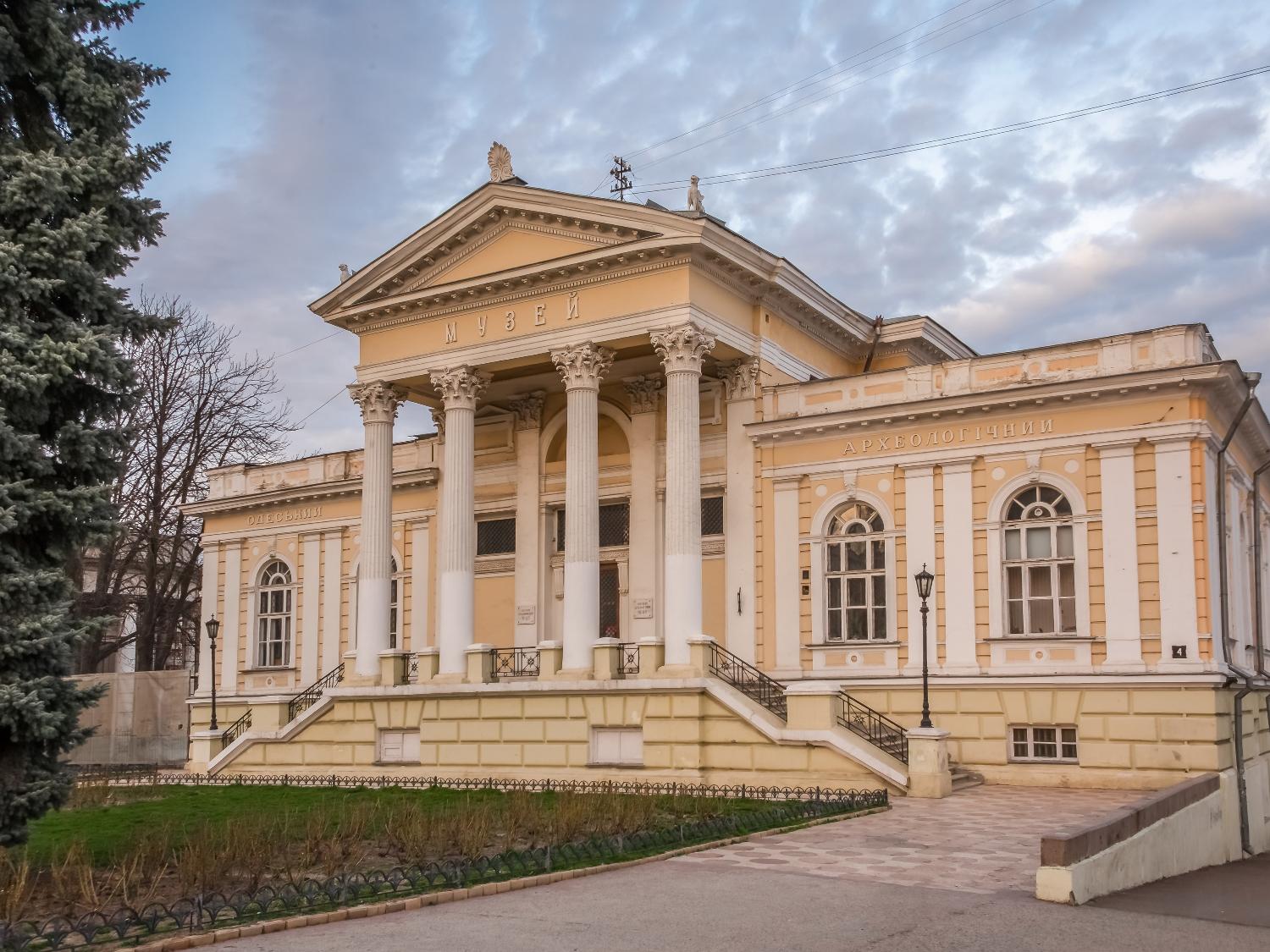
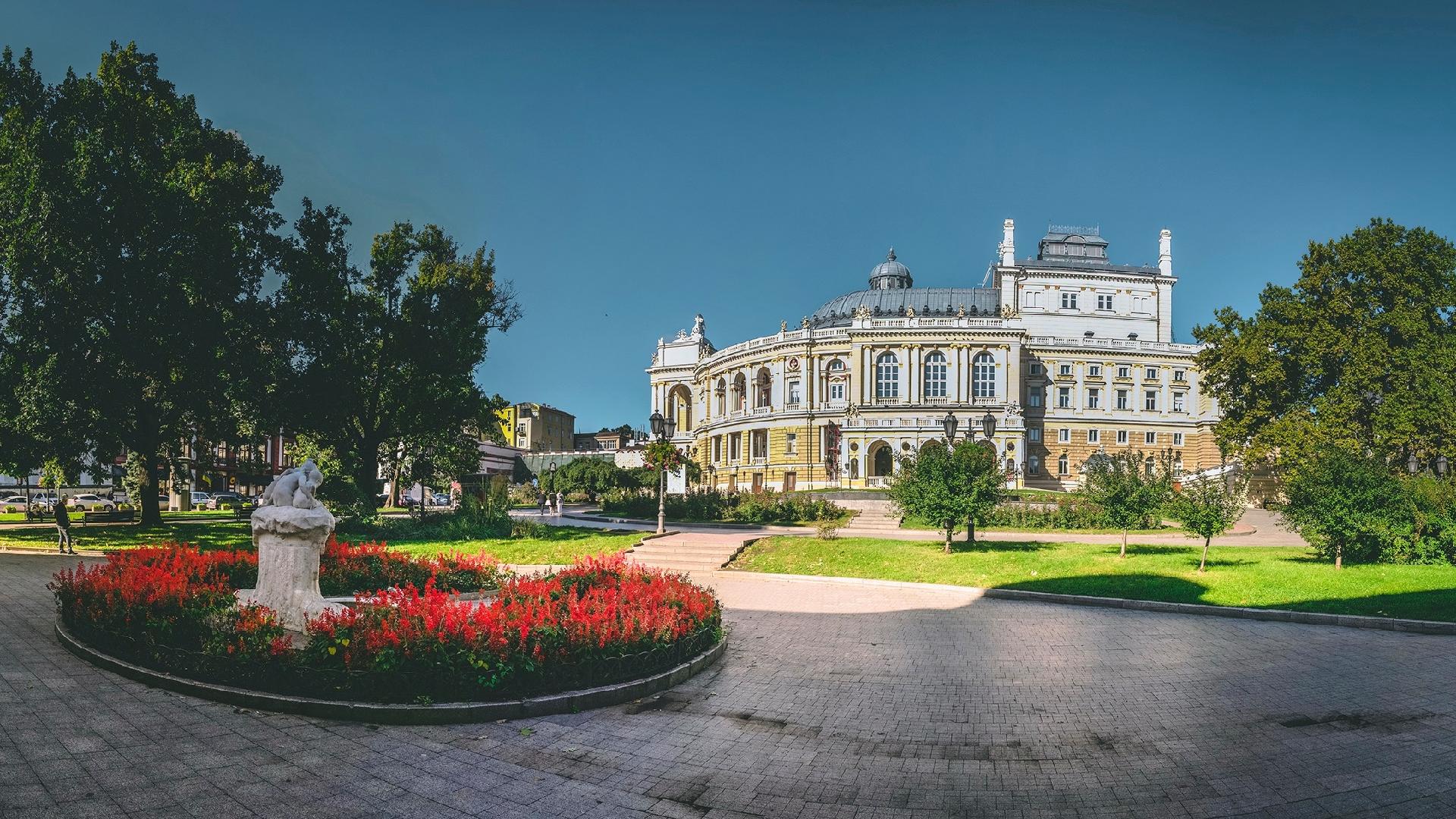
Unesco stresses the importance of a city that evolved from its military planning during the 19th century, incorporating elements of the culture of the Austro-Hungarian Empire and other peoples and ethnicities of Eastern Europe and Asia in the period.
Its center would be “a time capsule” of the prosperity of the Industrial Revolution and heterogeneous and diverse urbanism.
Finally, the Landmarks and Monuments of the Ancient Kingdom of Saba – a complex of seven archaeological sites – would be treasured for holding technologies, architecture, and aesthetics from the first century before Christ to the arrival of Islam in Yemen around 630 AD.
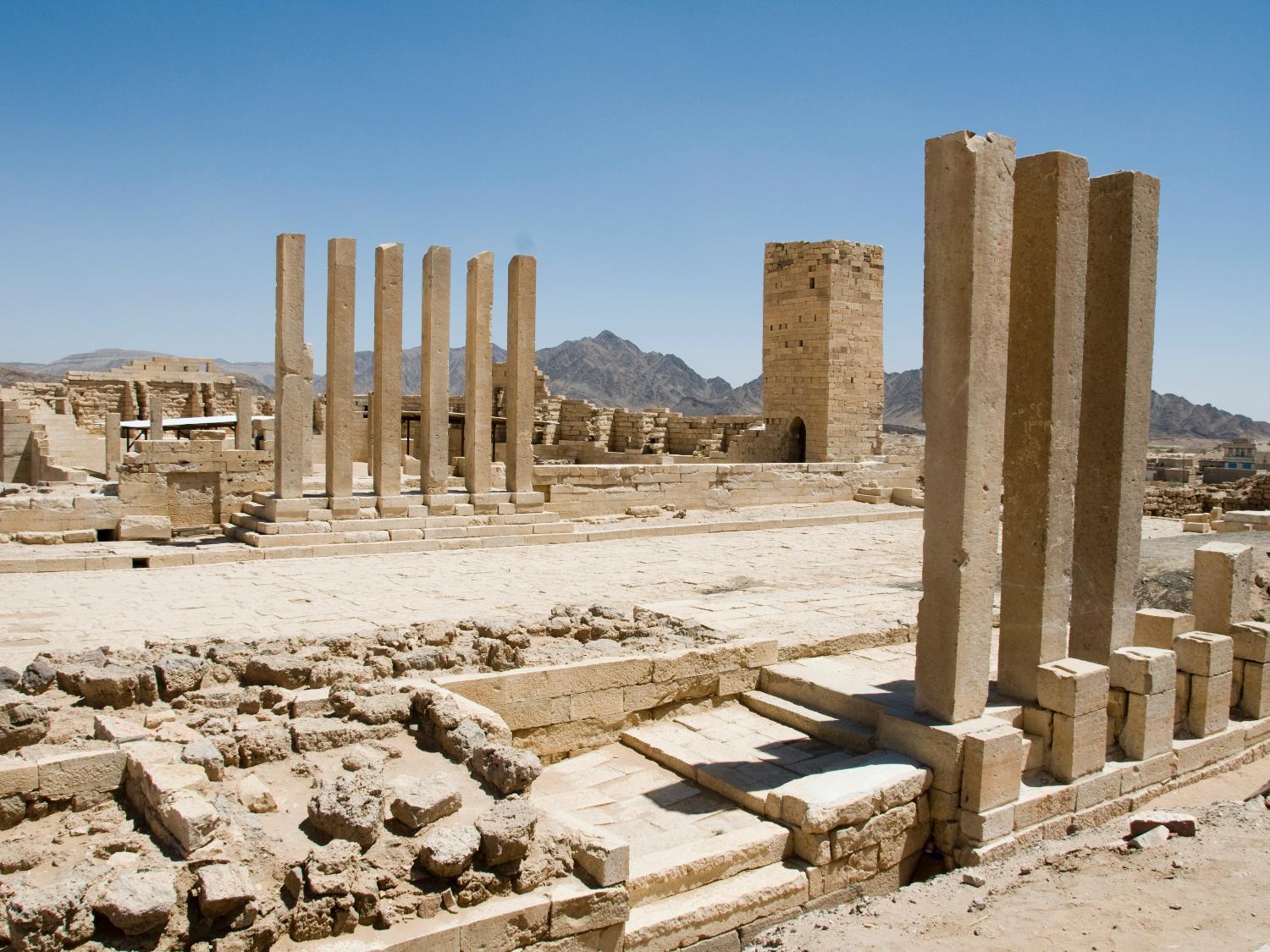
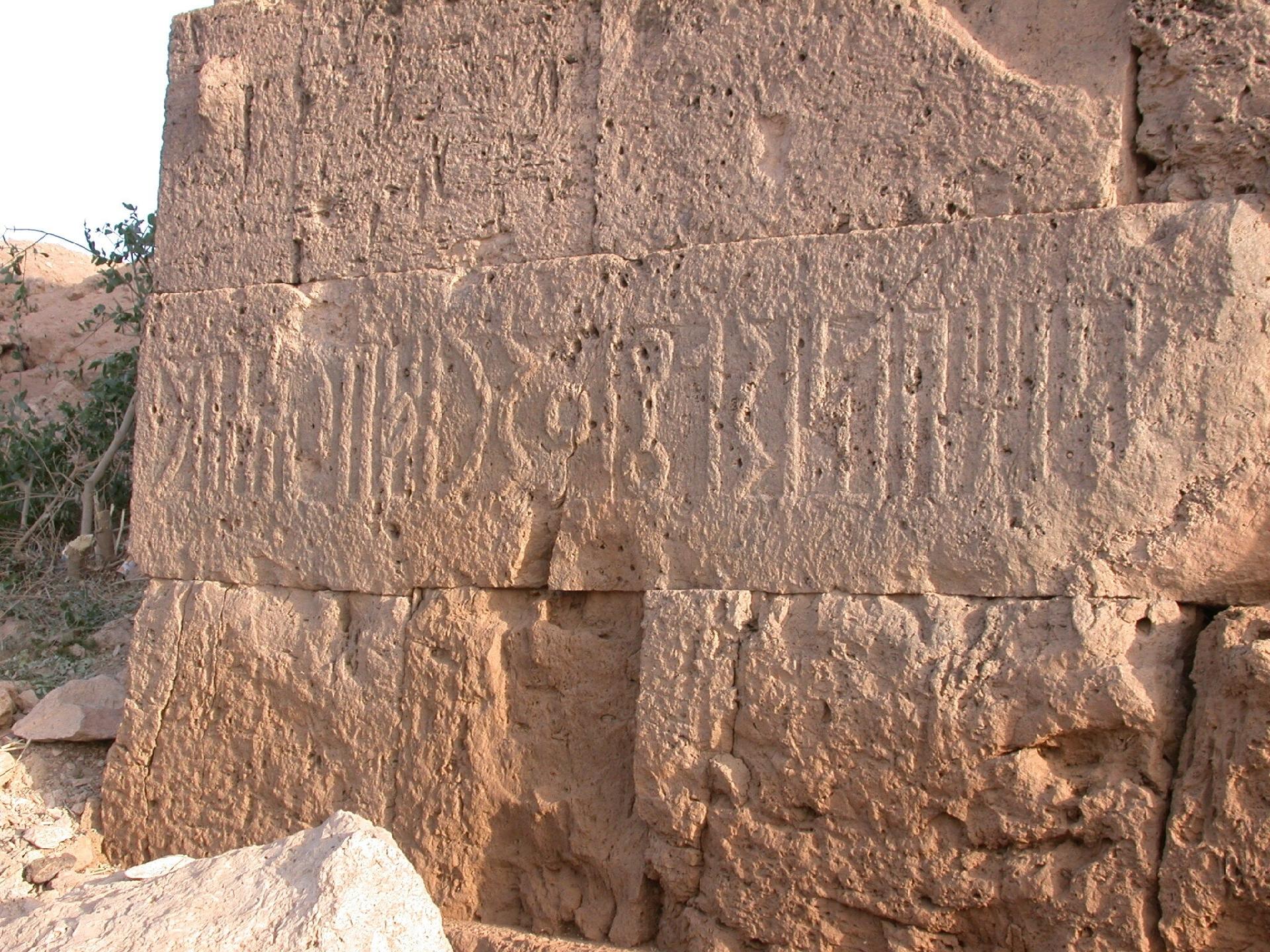
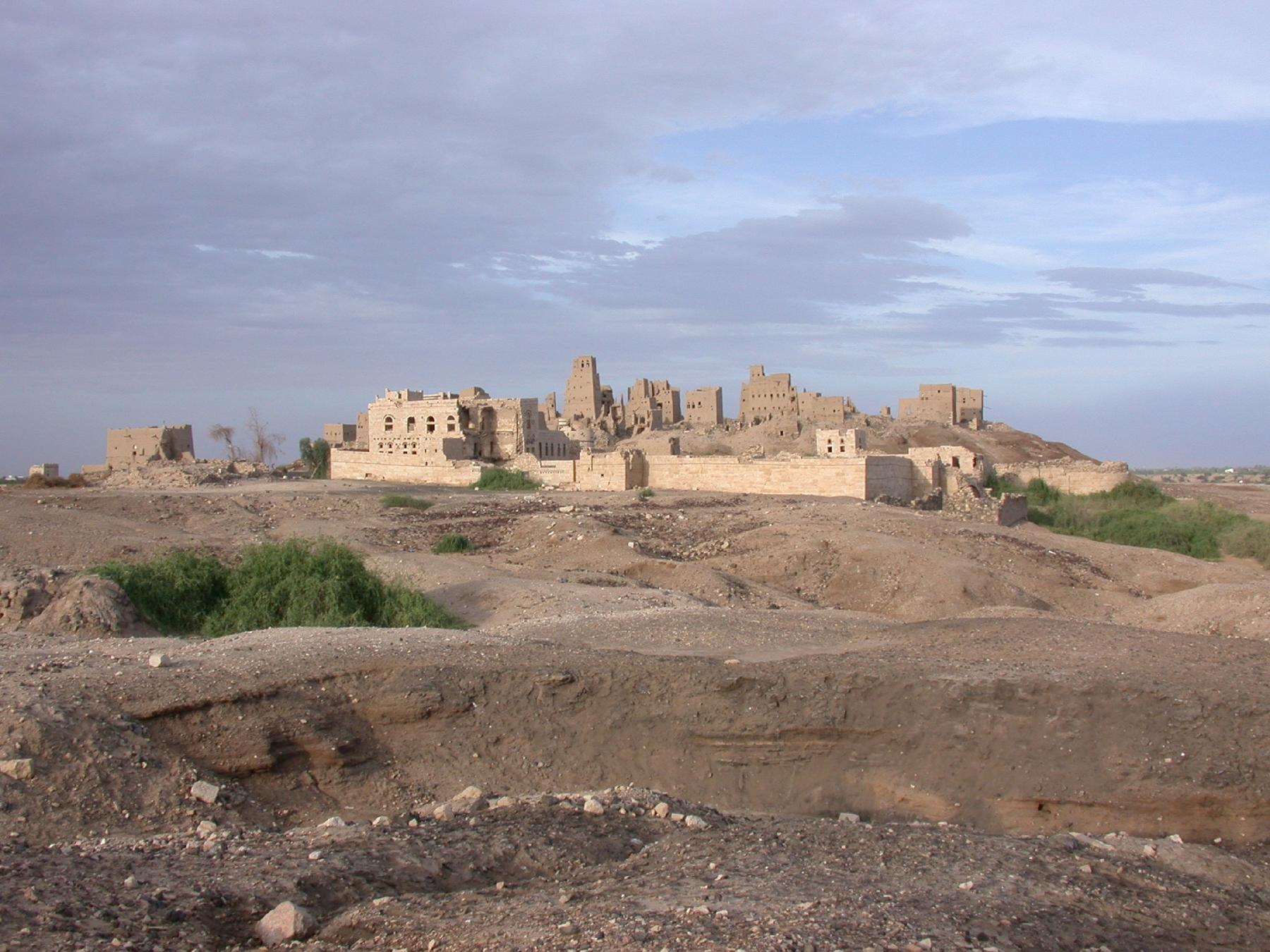
Its buildings bear witness and are a direct result of the incense trade route on the Arabian Peninsula and played a crucial role in cultural exchanges between portions of the Mediterranean and East Africa, Unesco stressed.
Located in an arid landscape of valleys, mountains, and deserts, the properties include remnants of monumental temples, walls, and buildings.
The irrigation system at Ma’rib, one of the kingdom’s cities, is an example of technological prowess for agriculture on a scale unprecedented in the Arabias – resulting in the largest man-made oasis in ancient times.
With information from UOL

